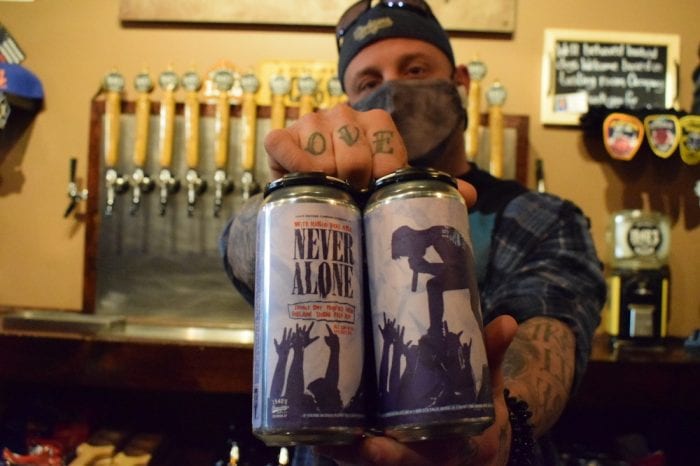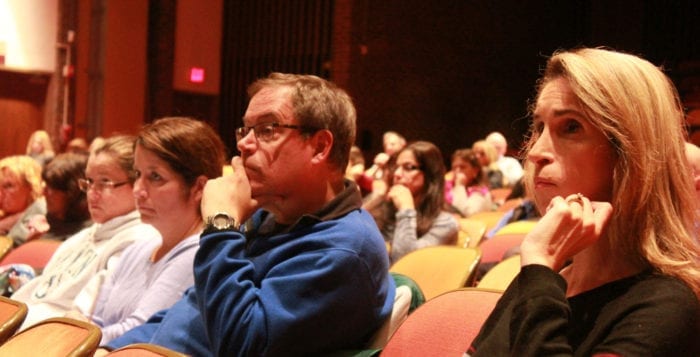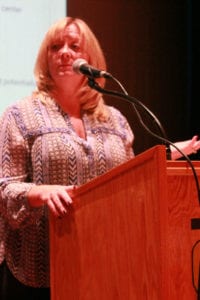A local radio personality and a brewery owner are combining forces to combat suicide.
Brian Orlando, a DJ with Connoisseur Media’s 94.3 The Shark, has made it his mission to bring awareness to depression and to help those who are struggling.
Back in 2017, when his hero, and Soundgarden front man, Chris Cornell took his own life, Orlando was devastated. He began writing a song hoping to shine a light on the taboo topic of suicide, and to show that music can heal all wounds.
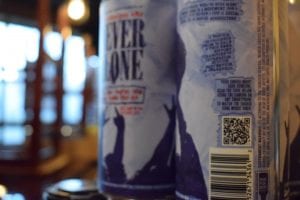
He teamed up with Northport native (and the lead singer of 90s band Wheatus) Brendon B. Brown, Vinnie Dombroski of the band Sponge, Kevin Martin from Candlebox, and One Direction touring drummer Josh Devine to create “Choose Song.”
In January 2019, the group, along with dozens of Long Island locals, filmed its music video at 1940’s Brewing Co. in Holbrook, starring Orlando’s friend, and fellow Shark DJ, Ashley Massaro, of Smithtown.
Massaro lost her own life to suicide a few weeks before the video was set to release.
“We watched it together,” Orlando said. “It was just a couple of weeks before she passed, and I know that she loved the video. She loved being here.” When Massaro passed away, everyone thought it was too soon to release the video online. Eventually, in July 2020, they decided to post it to YouTube, and share her story with the world.
“There isn’t a day that goes by that I don’t think about her,” he said. “I want people to realize that when they do see the video, they’re looking at somebody that fought to the end, even though she had problems, she was trying to help other people. That’s why she was here.”
Massaro rose to fame in 2005 after winning WWE’s Diva Search. Two years later, she was a contestant on “Survivor: China.” In 2016, she was one of several former wrestlers who sued the WWE, alleging they sustained head injuries on set that were not properly cared for, causing her severe depression.
“When people see the video, they realize anybody from any walk of life can suffer from depression,” Orlando said. “And hopefully that’s an inspiration to reach out on that can and get help so you don’t become a statistic.”
The can he mentions is the new beer that 1940’s Brewing Co. crafted this month. Jon Brengel, head brewer and owner, was instrumental in the movement, since the video was first filmed inside his brewery.
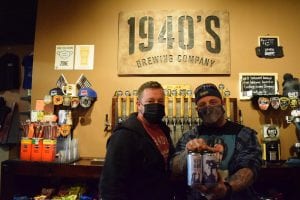
Brengel, of Huntington, approached Orlando about creating a beer and a logo that he hopes can save lives.
“As you try to bring people together with music, we tried to do the same thing with beer,” he said. “I thought it’d be really appropriate to have something to support mental health.”
For every sale of the “Never Alone” beer, proceeds will go to suicide prevention. They also added a QR code to the label, which brings customers to the music video’s page, and other information like the National Suicide Hotline.
Brengel said the idea to create a beverage for a cause was thought of in December. By February, they brewed a brand-new citrus New England India IPA (flavored after Orlando’s favorite drink, tequila), and created the symbolic design.
The light blue label features a concert setting, with hands reaching up (to the singer or symbolizing reaching out for help). Crinkled paper decorates the background, symbolizing every note written and never sent. In red ink, it reminds anyone looking, “With music, you are never alone.”
Blending the duo’s love for music, hanging out with friends and having a good time, along with the reminder that help is available for whoever needs it, the craft beer was born.
Brengel said he hopes his beverage will rekindle friendships and bring more people together.
“Living in the world we live in now, not having that contact, and not being able to see people as often as you want, I think the song really is a reminder to reach out to that person you haven’t spoken to in a while,” he said. “We were very cautious of the stigma of alcohol and mental health matters, but I think the idea is that this QR reader and label will be a reminder for you to reach out to the people you miss.”
Orlando said there is always going to be a stigma about drinking, “But the truth of the matter is, breweries like this are just the places to go to and be together — listen to some good music and be with good people.”
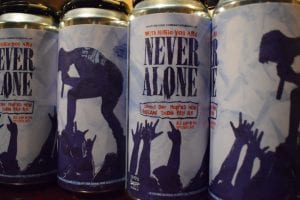
The ultimate goal, he said, is if the person consuming the drink is feeling down or having a bad day, the QR scanner is right there on the lable, and will direct them to an inspirational video, reminding them they are never alone.
Orlando said that since the video’s release, nearly 20,000 people have viewed, shared and commented on it, saying that the song helped save their life.
“That’s what the song is supposed to be there for to help people,” he said.
The Choose Song beer is available at the 1940’s Brewery and at local distributers.

